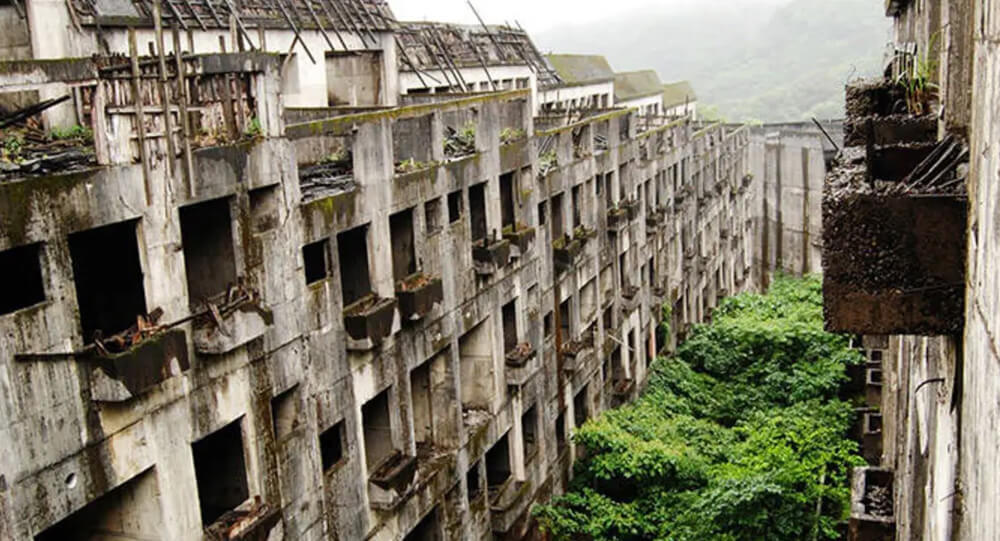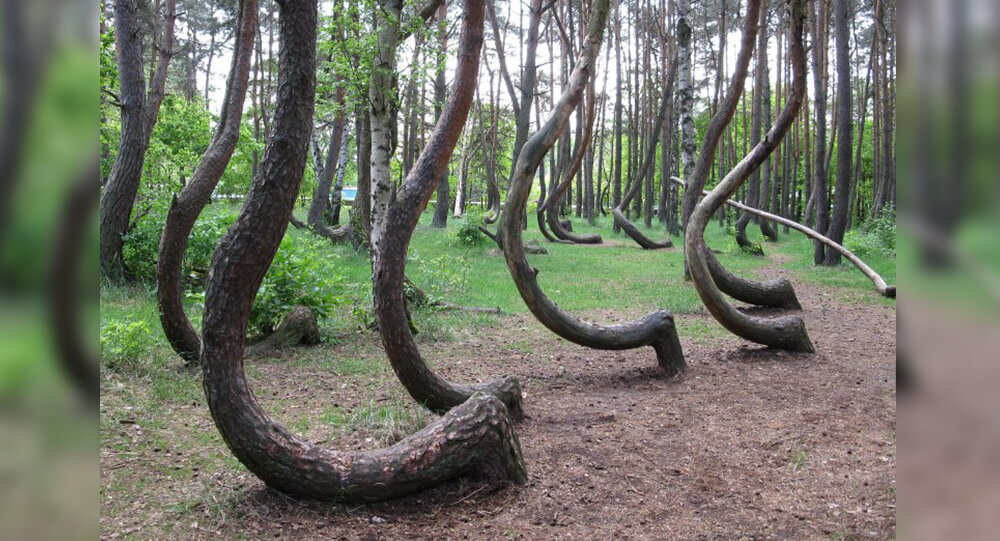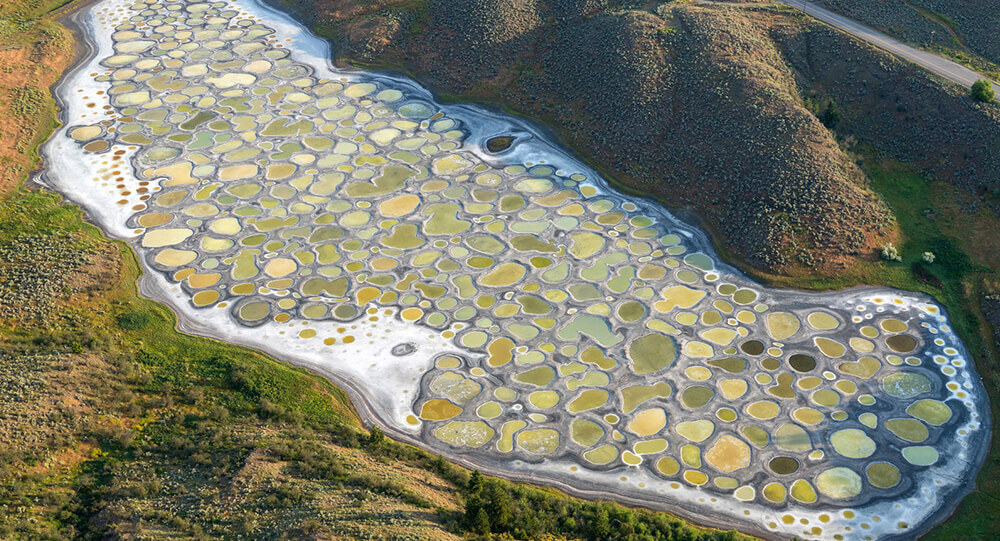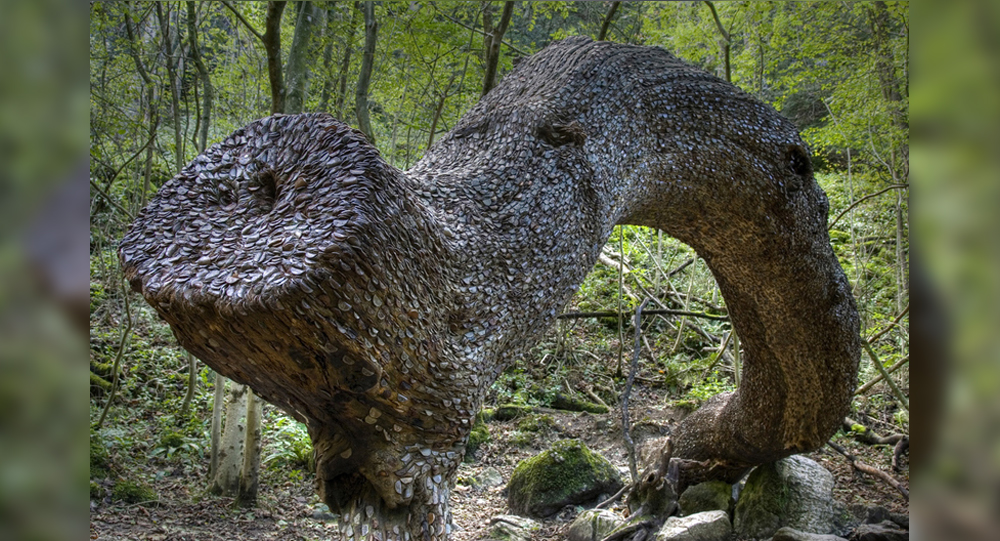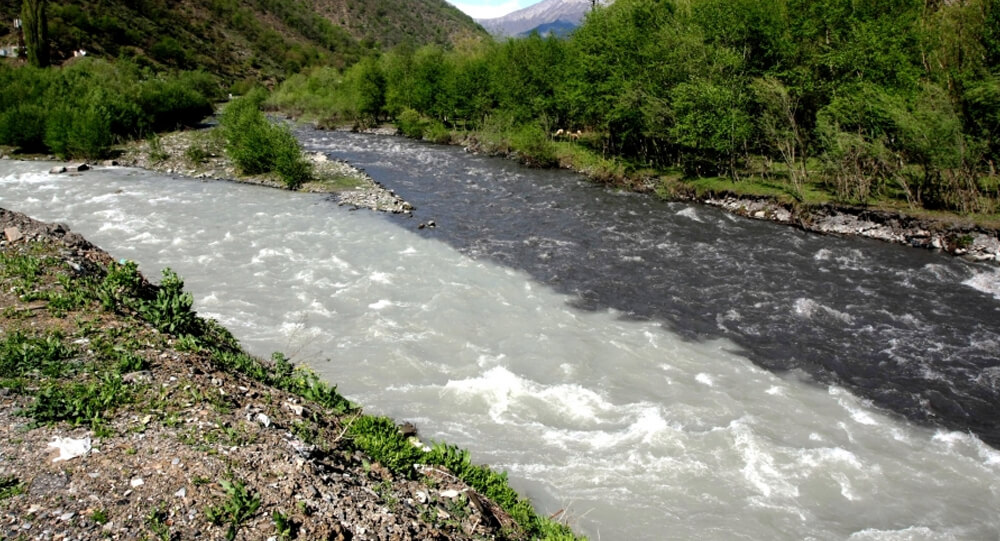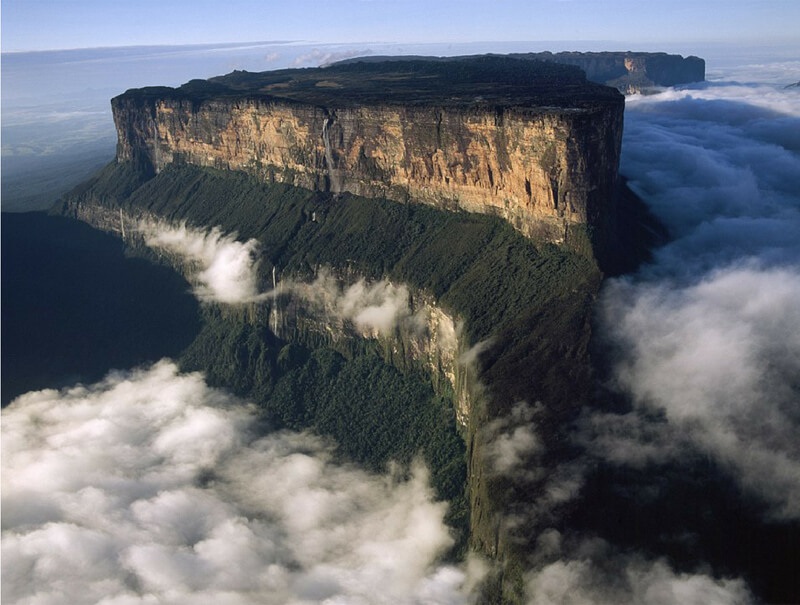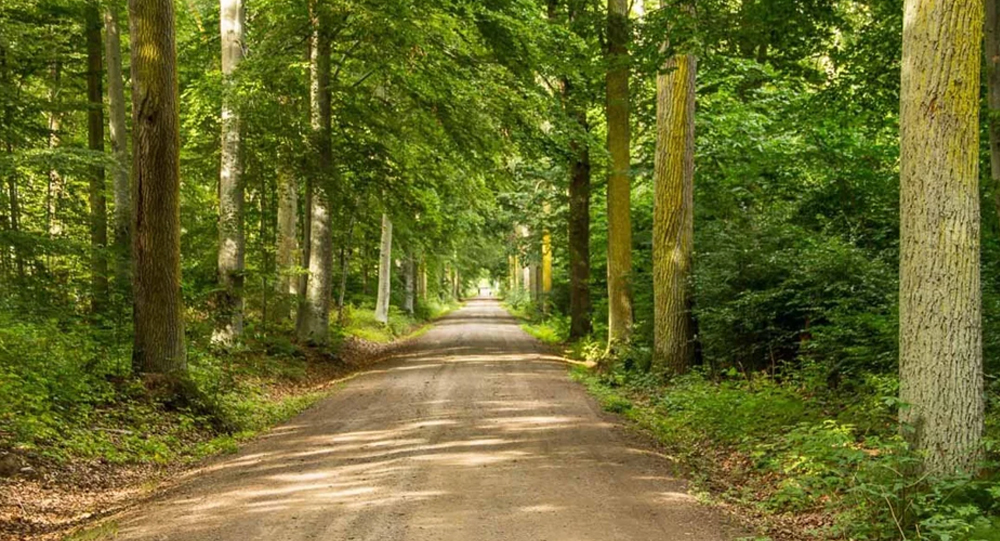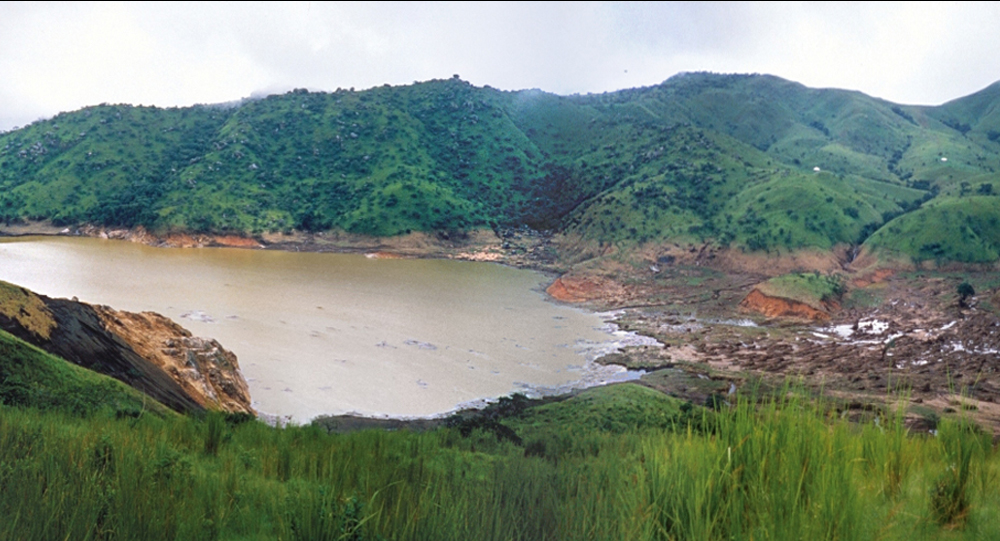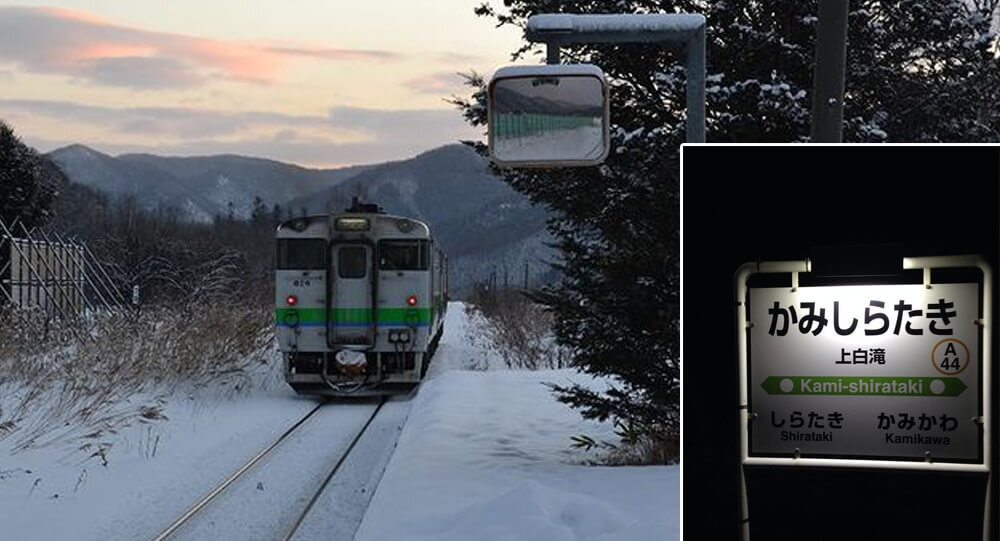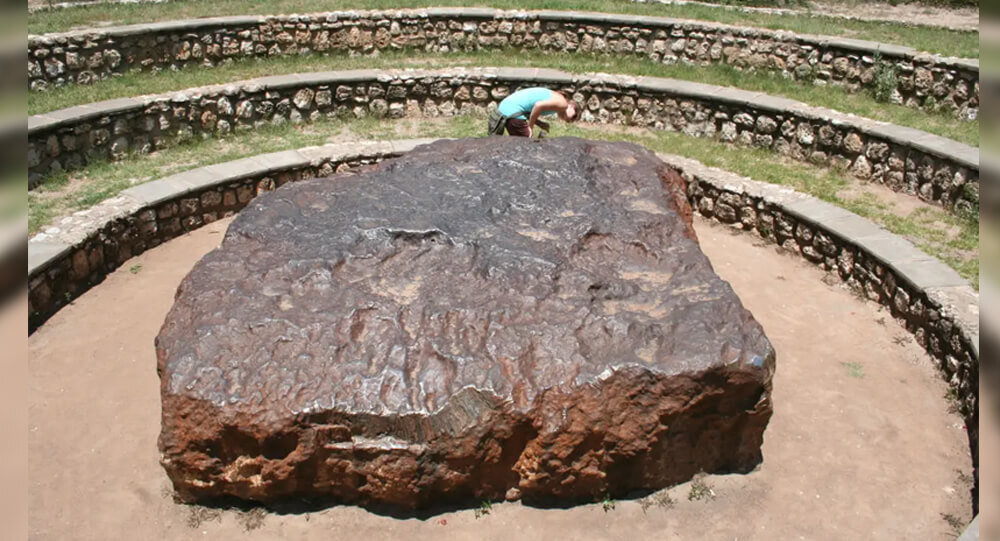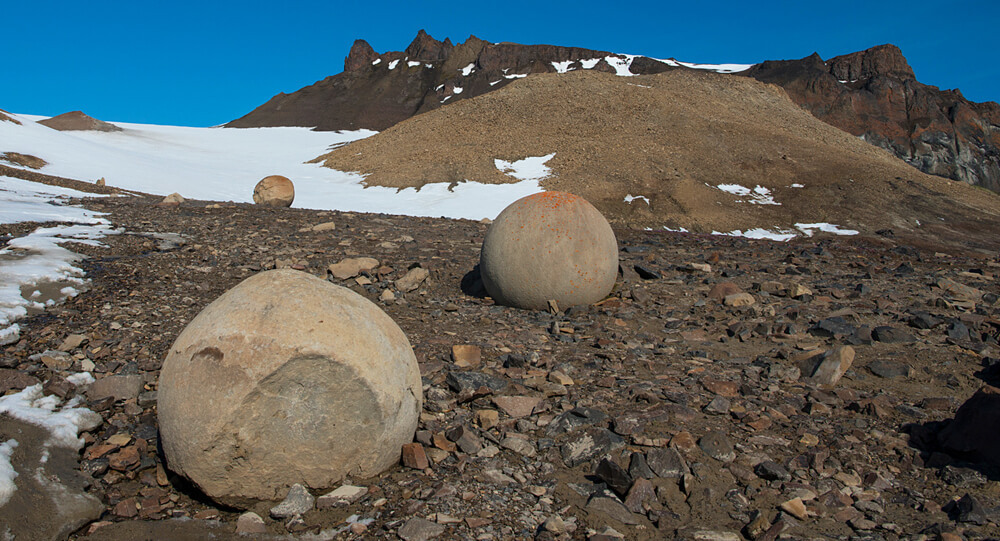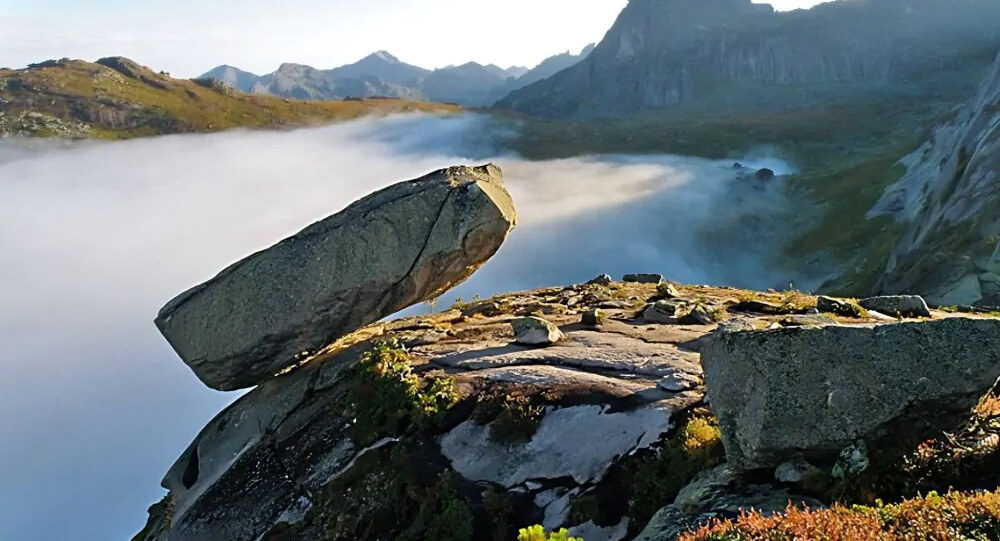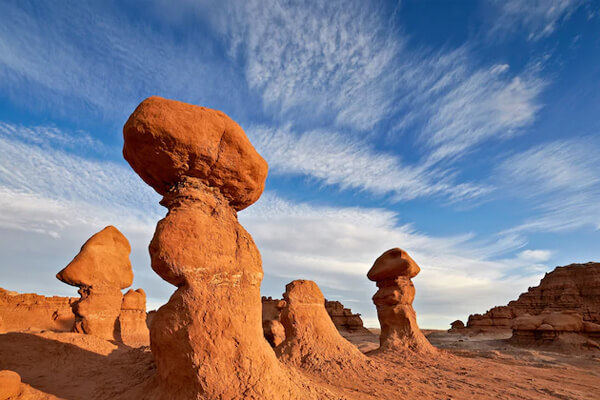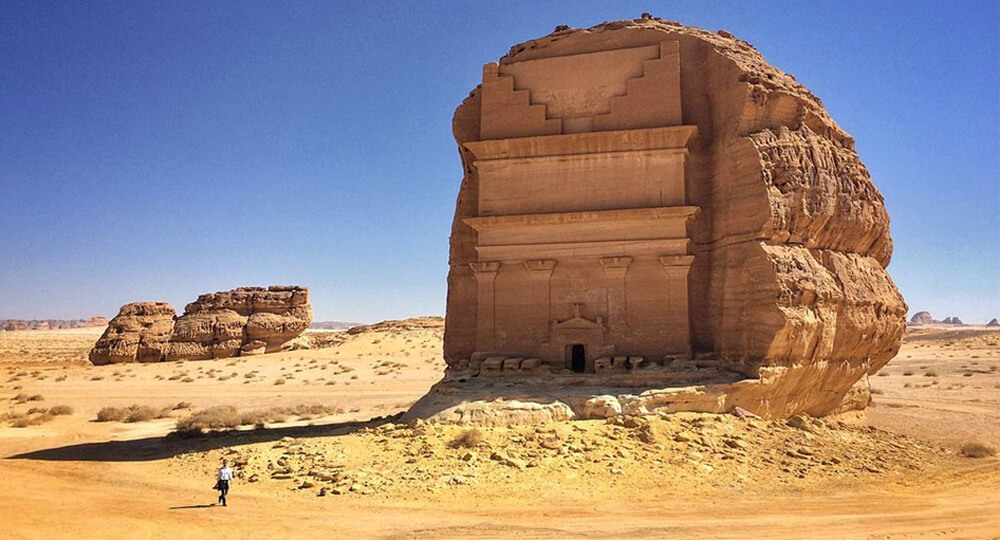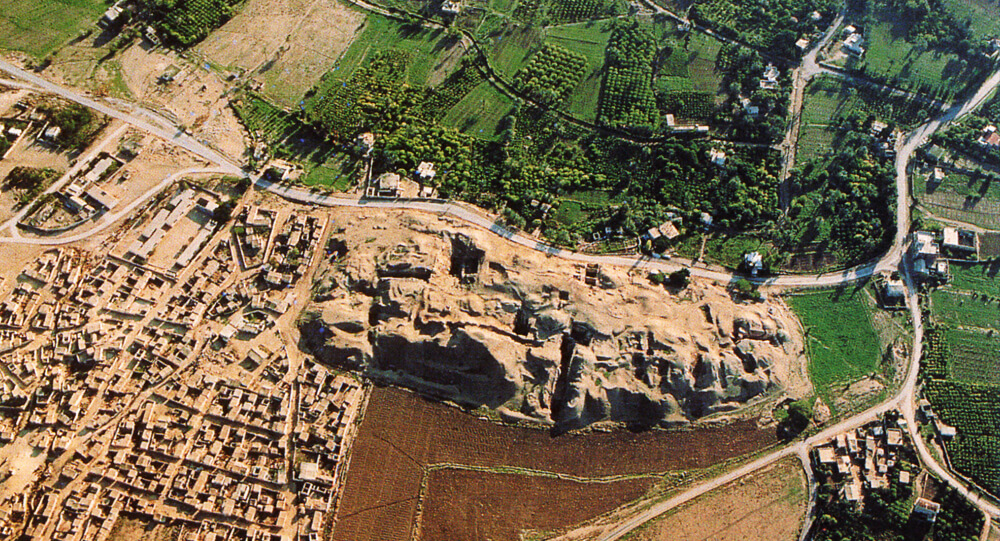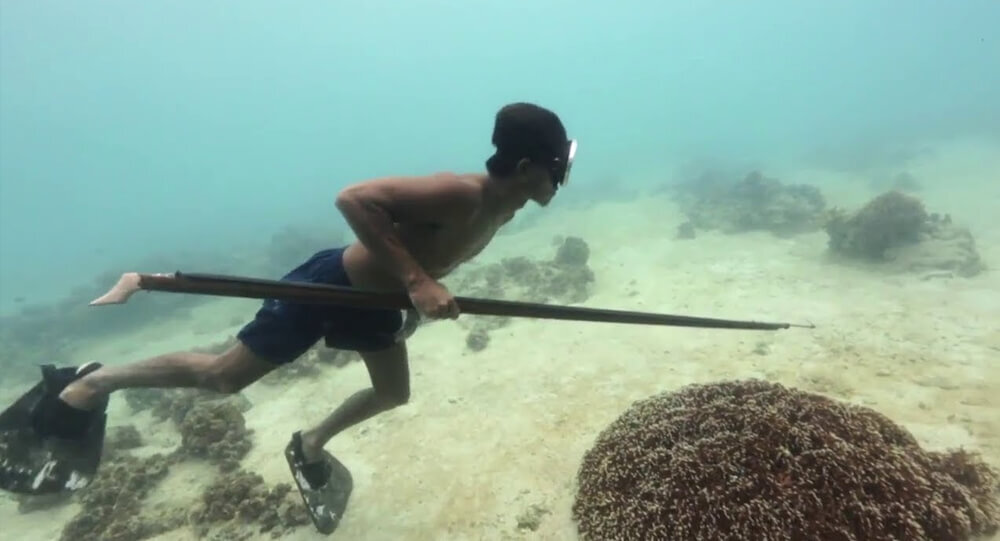

The unusual ability of 'sea nomads' to hold breath is due to one major organ
The Bajau people of Southeast Asia reside in homes that precariously balance above the Pacific Ocean’s blue seas. These “sea nomads” blur the line between marine and terrestrial species by utilizing only a wooden mask to breathe underwater for long enough to dive to depths of more than 230 feet. According to researchers in a recent Cell study, this superhuman skill that enables them to spend up to 60% of their day diving is the result of the evolution of one very critical organ.
Over a thousand years, the Bajau have lived in a largely solitary environment. Over the years, the population has adjusted in many ways to its particular habitat and way of life, but perhaps most significantly, as the new article reveals, natural selection has lead many members of the species to carry a gene for large spleens. This fist-shaped, purple organ is essential for storing oxygenated red blood cells, which are needed when you’re holding your breath. It typically sits to the left of the stomach. The spleen is typically four inches long in humans. However, the Bajau’s (pronounced “be joe”) spleens are around 50% bigger than those of nearby non-divers.
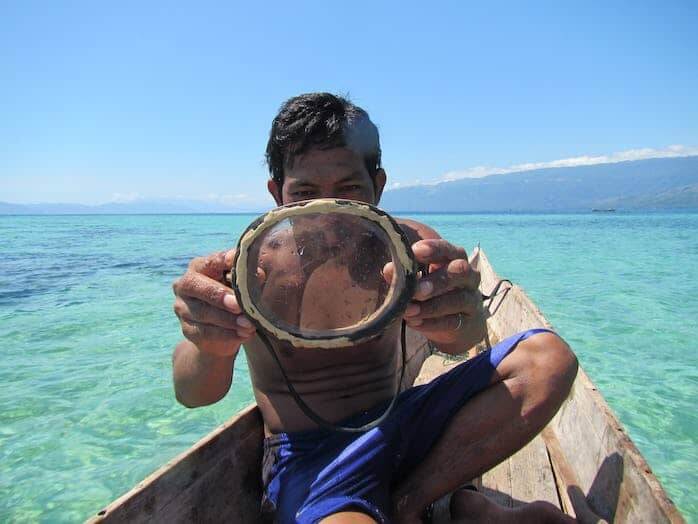
The larger spleens of the Bajau are proof that small-scale natural selection is still guiding human development. They attribute their enlarged size to a genetic mutation that has been naturally selected for within their population over many generations, according to the research team lead by biologist Rasmus Nielsen, Ph.D., of the University of California Berkeley. This gene variation is hypothesized to enlarge the spleen by raising the body’s thyroid hormone levels, which have been associated with increased spleen size in mice.
The discovery surprised Nielsen and his colleagues, which also featured University of Copenhagen PhD candidate Melissa Ilardo as the first author. Even with a community as extreme as the Bajau, the likelihood of discovering proof of population-specific natural selection was “very modest,” said Ilardo in a statement released.
Ilardo visited Bajau settlements in Indonesia and used portable ultrasonography equipment to measure the spleens of 59 Bajau and 34 Saluan residents of a nearby hamlet who did not dive. The team discovered that the predominance of the thyroid hormone-stimulating gene known as PDE10A in the Bajau was associated with their larger spleens by comparing that information with each person’s genome sequence, which was determined from spit samples. With normal-sized spleens, the Saluans lacked that gene variation.
According to Nielsen, the Bajau can carry 10% more oxygenated blood cells during a dive than non-divers due to their enlarged spleens. Our blood vessels constrict and our heart rate slows in an effort to conserve oxygen, and the spleen, acting like a battery, begins releasing its reserves of oxygen-rich blood cells to keep us going. This reflex occurs when we are submerged in water and forced to hold our breath. The Bajau are a genuinely unique example of human adaptability since they never stop moving, much like Energizer rabbits.
“I think it’s fascinating to see just how extraordinary this population is, to think that they’re almost like superhumans living among us with these really extraordinary capabilities,” says Ilardo. “But I also think natural selection is a lot more powerful than we sometimes give it credit for, and maybe we should be looking for it in more places than we thought.”

Famous abandoned cities and ghost towns in the world
Learn the stories behind seven of the world's most renowned abandoned cities and villages, from the infamous Chernobyl nuclear catastrophe zone to Hashima Island.

Poland's Krzywy: The Mysteries of the Crooked trees
In Poland, there is a forest with 400 crooked trees that have a 90-degree bend at the base of their trunks. Despite of numerous possibilities, the real reason and how it evolved remain a mystery.

Toronto’s Camouflaged Electric Substations
For over a century, Canada’s second-largest power company has been disguising its electrical substations in Toronto as beautiful houses that blend perfectly with the neighborhood. These fake houses contain transformers that supply electricity throughout the city.

The Mystery of Canada's Magical Spotted Lake
Lake Khiluk, the world's most mineralized lake, and one of the most mysterious places on Earth. Each of these spots has a distinct chemical content and is said to cure various diseases.

The Mystical Money Tree of the Scottish Highlands: A 1,700-Year-Old Tradition
In the Peak District Forest of the Scottish Highlands in the UK, there is a unique tree which is laden with only money. This tree laden with money has been studded with British coins for 1700 years, there is no corner of its trunk where a British coin is not stuck.

How European Rabbits Took over Australia
In 1859, wealthy settler Thomas Austin released 13 wild rabbits on his Australian estate. By 1920, their population grew to 10 billion.

The Tiny Street in Scotland That Holds the Record as the World’s Shortest
Nestled in the northern Scottish town of Wick, Ebenezer Place may be small, but it packs a world record punch. Measuring only 6 feet 9 inches (2.06 meters) long and boasting just a single address—the front door of Mackay’s Hotel—this narrow street has earned its place in the Guinness Book of World Records as the shortest street on the planet. Officially declared a street in 1887, Ebenezer Place delights visitors with its quirky charm and unique history that highlights how even the tiniest places can capture global attention.

Mystery SOLVED: blood Rain in India
The dissemination of spores of microalgae has been identified as the origin of the 'Blood Rain' phenomena, according to a new study by Indian and Austrian experts. Since 1896, reports of intermittent red-colored rain in portions of Kerala and Sri Lanka have been coming in. The most recent one occurred in 2013 over Kerala.

Darwin's Arch collapse
According to news sources, the top of Darwin's Arch, a famous natural stone archway in the northern Galapagos Islands, has collapsed into the waves.

When two rivers meet but do not mix in Georgia
The incredible Black and White Aragvi river in Georgia that do not mix up.

Top 10 Greatest and shocking Archaeological Discoveries of All Time
While we're all locked at home, there's no better way to escape to another time and place than to learn about amazing archeological sites and discoveries from around the world. Here are the 10 greatest and shocking archaeological discoveries —and don't be shocked if they inspire future trip plans whenever it's safe to do so again.

Top 10 Mysterious And Least Explored Places On Earth
Some people believe that there is nothing unexplored remaining on earth but the world doesn't cease to surprise us with its mysteries. Today I'll tell you about the lost places of the planet and animals that live only there.

How Sweden’s 300,000 Oak Trees Became an Unintended Legacy: The Naval Forest That Outlived Wooden Warships
In the 1830s, Sweden planted 300,000 oak trees for the purpose of building naval ships. However, by the time the trees matured, metal warships had replaced the need for wooden ones. The forest still stands to this day.

The Lake That Explodes: The Deadly Mystery of Africa’s Silent Killer
Did you know some lakes can kill without warning? Lake Nyos in Cameroon once erupted with invisible carbon dioxide, suffocating 1,700 people in minutes. These rare “exploding lakes” silently build pressure, turning still waters into deadly, unseen assassins.

This soon-to-be-closed train station in Japan only serves one passenger
Japan keeps a defunc train station operational in 2015 for the sole purpose of allowing one girl to go to school every day. Only two stops are made by the train: once when an only one high school student departs for school and once when she returns.

Top 6 Largest Meteorites Ever Found on Earth
When space meteorites hurtle towards Earth, they frequently burn up in the atmosphere before reaching us. Those that burn up become meteors - or shooting stars.

The mysterious GIANT spherical stones
Mysterious spherical stones ranging in size from a few millimeters to several meters have been discovered in Crimea, United States, Russia, and New Zealand. There are many theories from various geologists, but none of them are clear.

Circular Bridge Built To Slow Down Drivers So That They Would Enjoy The View (Photos)
Uruguay’s Laguna Garzon Bridge splits into a circle so drivers can slow down and enjoy the view. It also prevents head-on collisions and creates a walkway for pedestrians.

Why Londoners Celebrate No Trousers Day by Riding the Metro Without Pants
Every year, Londoners participate in a quirky and joyful tradition known as No Trousers Day, where brave commuters board the London Underground dressed normally but without trousers, pants, or pajamas from the waist down. This cheeky event brings laughter, surprises, and a shared sense of community to the usually dull winter commute, reflecting a playful rebellion against the mundane and a celebration of spontaneity. Discover the origins, spirit, and fun behind London’s beloved No Trousers Tube Ride.

The Amazing Hanging Stone in Siberia Has Defied Gravity Since the Ice Age
The unbelievable "Hanging Stone" of Siberia weighs around 300 tons and has been hanging off a 1,000-meter cliff since the Ice Age.

11 Amazing and famous rock formations around the world
For many years, people have been attracted to these spectacular-looking boulders because of their shape, components, location, or picturesque surroundings. Many of them are massive, and seeing them is an amazing experience.

Qasr al-Farid, the Lonely Castle of the Nabataeans
The remote tomb of Qasr al-Farid, situated in the Saudi Arabian desert, dates back to the 1st Century CE. It was built by the Nabataean people, who also built Petra in Jordan. This site has remained largely undisturbed.

Ancient Jericho: The First Walled City In History
The ancient city of Jericho is the world's oldest walled city, with evidence of stone fortifications dating back nearly 9000 years.

The world's largest salt flat, can be seen in space
At 10,582 square kilometers (4,086 sq mi), the Salar de Uyuni (or Salar de Tunupa) is the largest salt flat in the world. It is located in the Potosi and Oruro departments in southwest Bolivia, near the crest of the Andes, and is elevated 3,656 meters (11,995 ft) above the mean sea level.

8 most amazing natural phenomena on earth
Nature is elusive and unpredictable, and the unexplained manifestations of its influence often leave us speechless. Though you might believe that shifting rocks and blood-colored rain are a prank or a magical phenomenon, science has an explanation for (almost) anything.

